



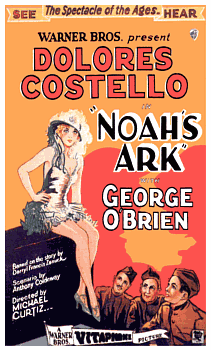 | 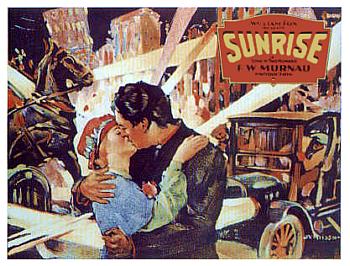 |
Warner Bros' Noah's Ark (1929) was essentially a silent film with a few brief segments that included dialog in the "modern" parts. The 135 minute film was cut to 75 minutes and re-released in 1957. Oddly this re-release was based only on the silent portions of the film featuring the story of the ark and totally did away with the dominant modern story. Fox's Movietone premiered in a feature film in their 1927 production of Sunrise but the film contained no sync dialog, only accompanying music score. Not enough to cause the rush to sound that would come following Warner's The Jazz Singer.
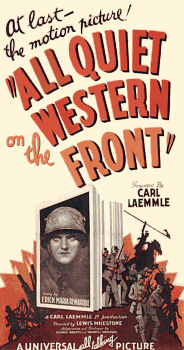 | 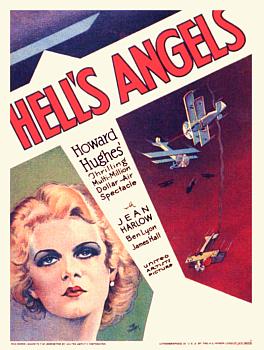 | 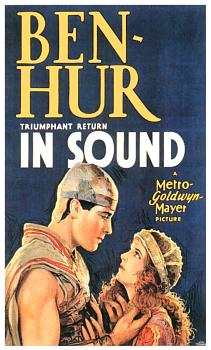 |
1930 saw sound quickly becoming standardized throughout the U.S. but silent productions were still being made in small numbers. Universal produced both sound and silent versions of its timeless All Quiet on the Western Front. Howard Hughes halted production on his epic Hell's Angels to change it from a silent to a sound feature, and took advantage of the break to increase the role of screen newcomer Jean Harlow. While he was at it, Hughes shot many of Harlow's scenes in two-color Technicolor. M-G-M, the last major studio to adopt sound had to fill the demand for product by adding music scores to old blockbuster silents such as their 1925 production of Ben-Hur.